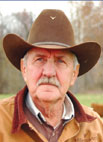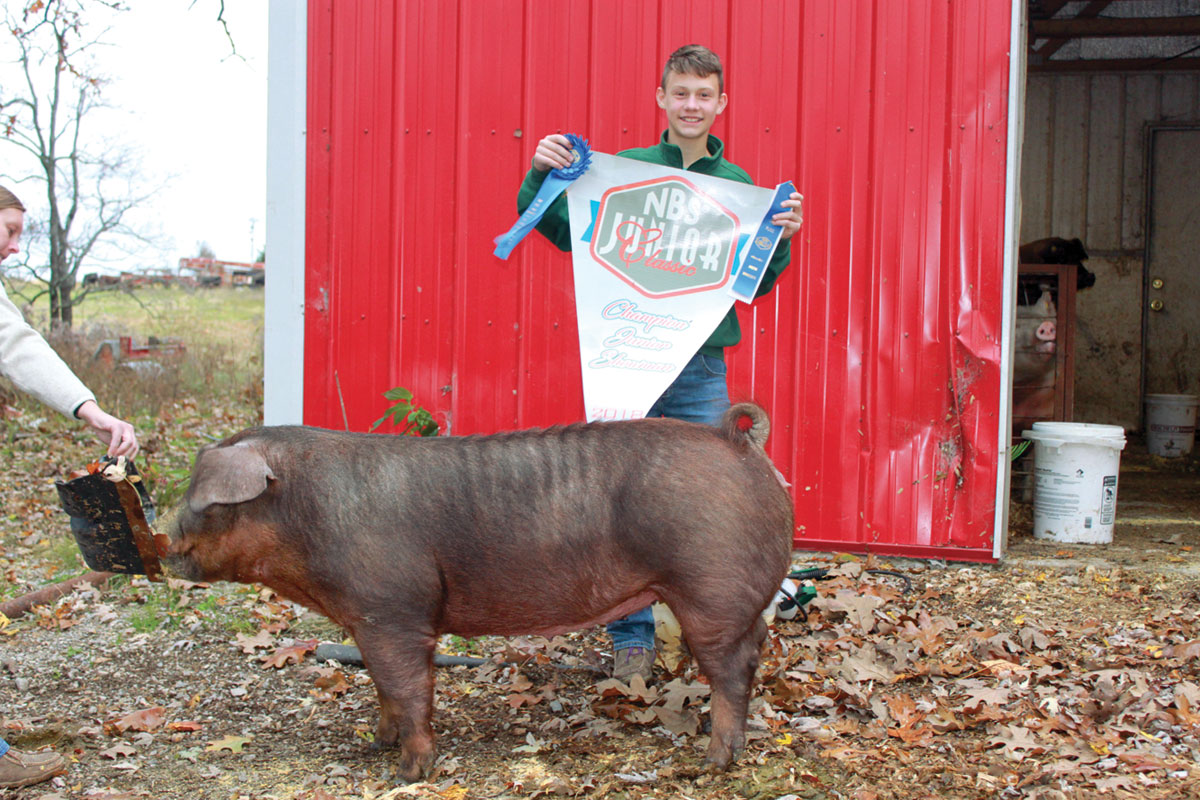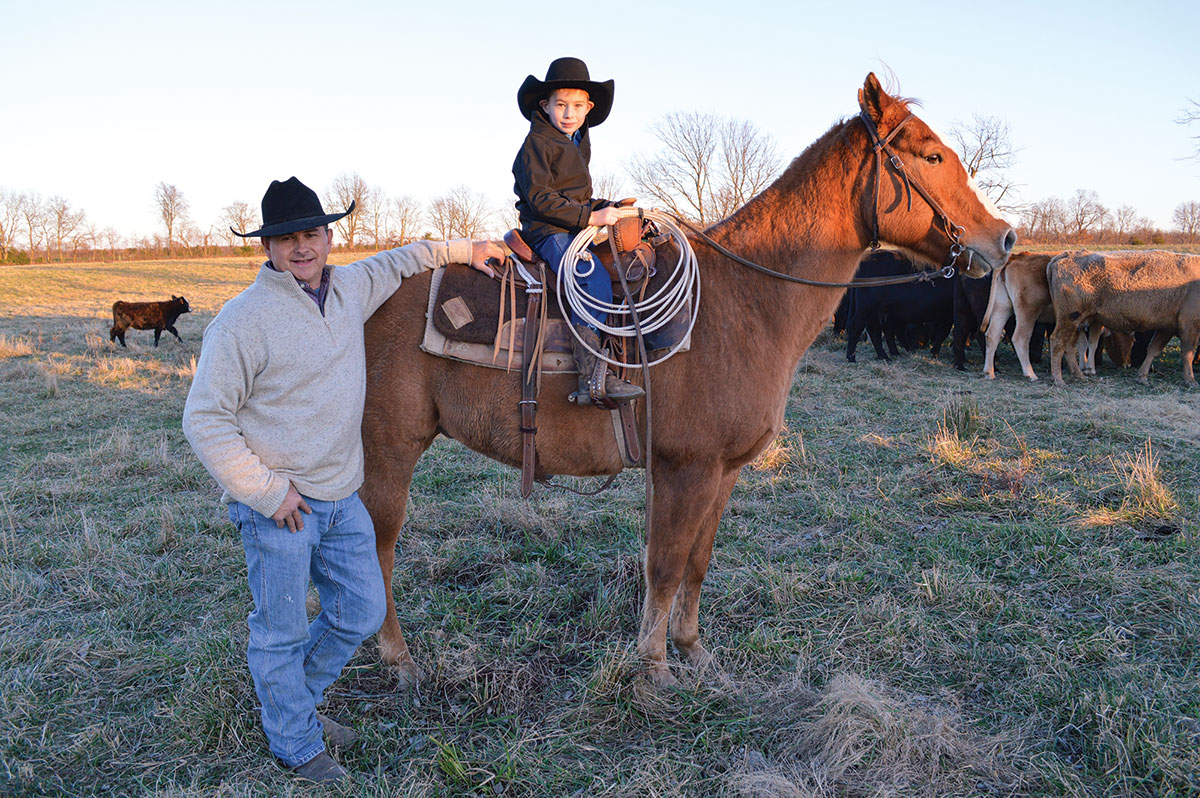
Looking at high land prices, rising operating costs and easier ways to make a living may make young people look another direction than farming when deciding their futures, even when their hearts are connected to the land.
Advice-givers who don’t understand that connection — and maybe even some who do — may support a choice in another profession. “It can’t be done,” they say to those seeking entry to agriculture.
But while others are preaching pessimism, Jack Miller offers encouragement.
“It can be done,” said Jack, who operates a 180-head cow-calf operation in Lawrence County, with acreages spread from Verona to Hoberg, Mo.
The 70-year-old speaks from his own experience.
“I do believe young people can get into farming — if they’re willing to sacrifice,” Jack said.
“Land prices are higher, but so are wages. In 1960, I was making a dollar an hour and land was selling for about $300 an acre.”
Today, farm land in southwest Missouri is upward of $3,000 an acre, but workers are earning more per hour, Miller points out.
“It’s about the same old sixes and sevens — it’s what you do with what you make,” he said.
It’s advice he took from himself when he was starting out with five acres he purchased near Verona to keep his horses. As opportunities arose and money was available, he added 30 acres, then 160, building gradually to the 650 acres he operates now.
“I worked construction for 35 years,” Jack said, “And I didn’t take anything from the farm until it was paid for.”
Making it isn’t easy, and it isn’t quick, he warned.
“It takes a long time — it took me 30 years — to get established,” Jack said.
“My advice would be not to get in so deep you can’t work out in town,” he added. “We don’t have to have, a lot of times, what we think we do.”
Although he no longer works off the farm, Jack continues to follow his own advice when it comes to hard work and careful management.
“I don’t have any secrets,” he said. “I don’t do anything a lot different than anybody else. Just hard work and watch what you do.”
His herd is mostly red Angus (“I’m just kind of partial to the red; I couldn’t tell you why.”), which he calves in the and fall. Calves are raised to about 700 to 750 pounds, then sold at an area livestock auction. The best heifers are kept as replacements.
Except for backgrounding steers, Jack buys little grain. He became a grassland farmer about five years ago with the installation of a rotational grazing system.
“I’m a believer in that,” he said.
The cattle are moved about every three to four days and have adapted better than he expected, Jack said. Instead of having to round them up as he had feared, the cattle are ready and waiting at the gate when it is time to move to a new paddock. Each 20-acre paddock also has access to automatic waterers.
“It’s so much simpler than I thought it would be,” he said.
Whatever needs to be done on the farm, Jack doesn’t depend much on outside help, although his sons, grandsons and neighbors sometimes lend a hand or two. He puts up his own hay, checks cattle every day, fixes fence and does as much of his own vet care as he feels competent to do. His only full-time help, he joked, is his longtime canine friend, Rocky.
“I think it’s a good life. I like it,” Jack said, his contentment evident in the eyes sparkling from beneath the brim of his brown felt cowboy hat. “It’s been good to me.”
Jack grew up on a beef and dairy farm, but as a young man thought he wanted nothing to do with farming on his own. He left Lawrence County in 1956, seeking to make his fortune elsewhere. During four years in the Air Force, he had time to reconsider.
“It became a dream of mine to run cattle for a living,” he said. “It took a long time, but I guess I’ve made it.
“And someday, he added, “I look forward to passing the torch to my sons and grandsons.”







